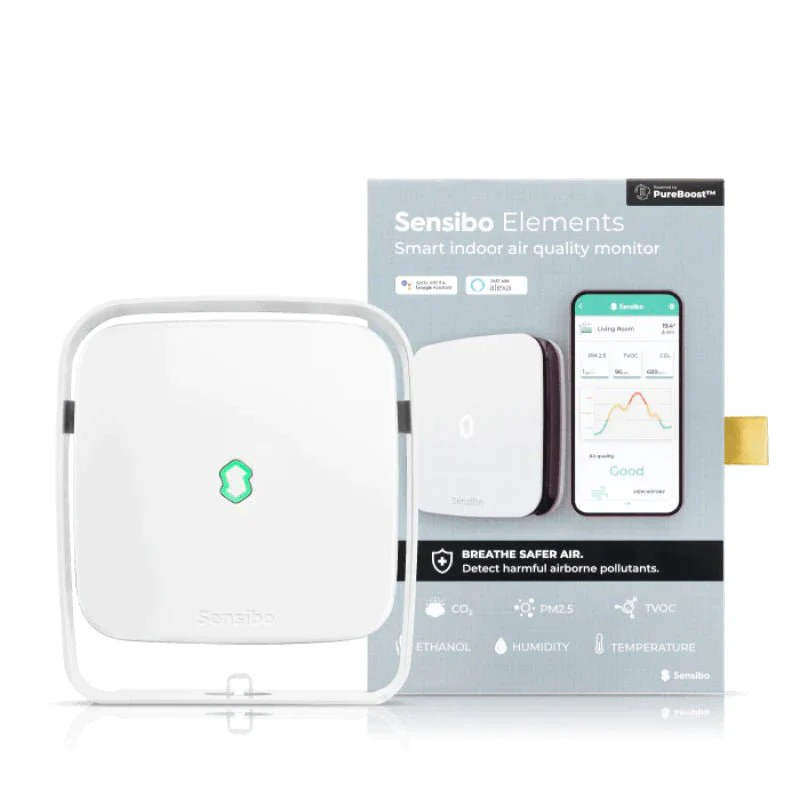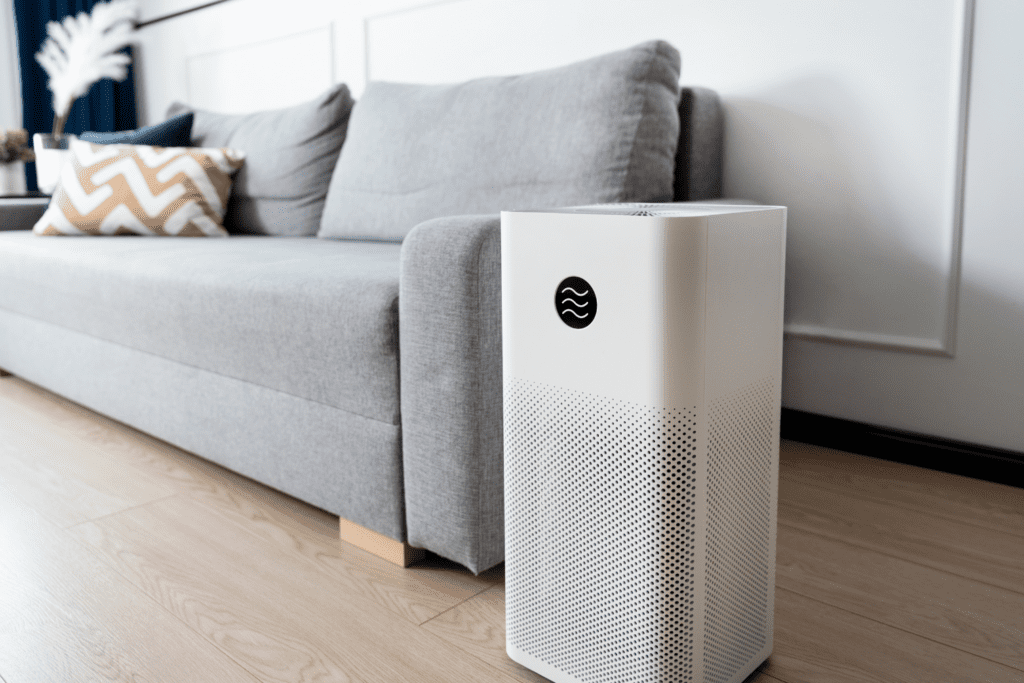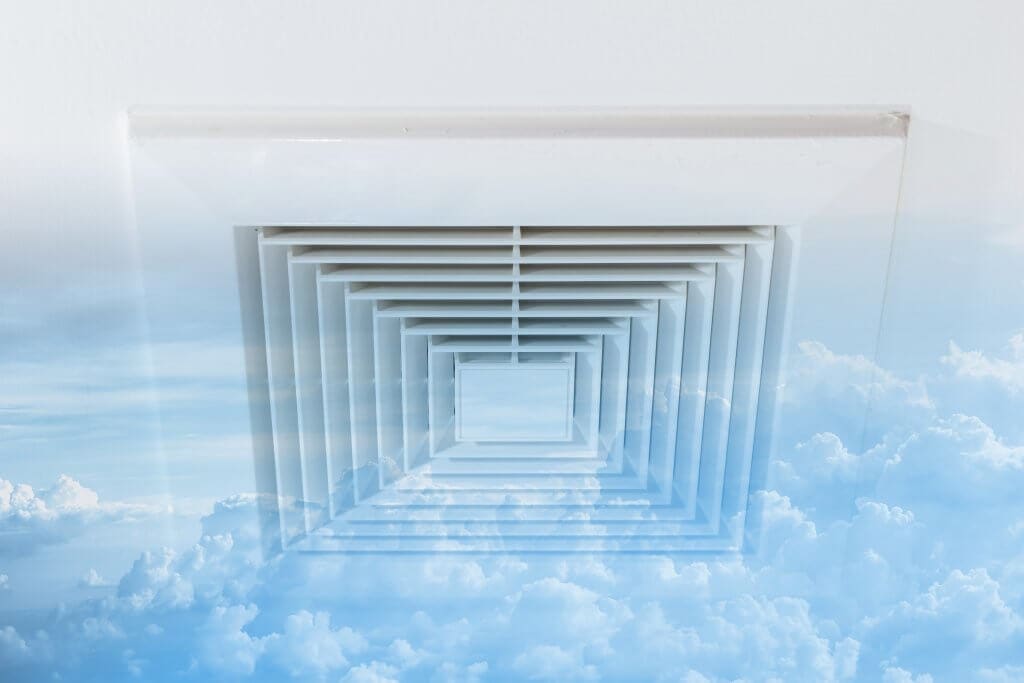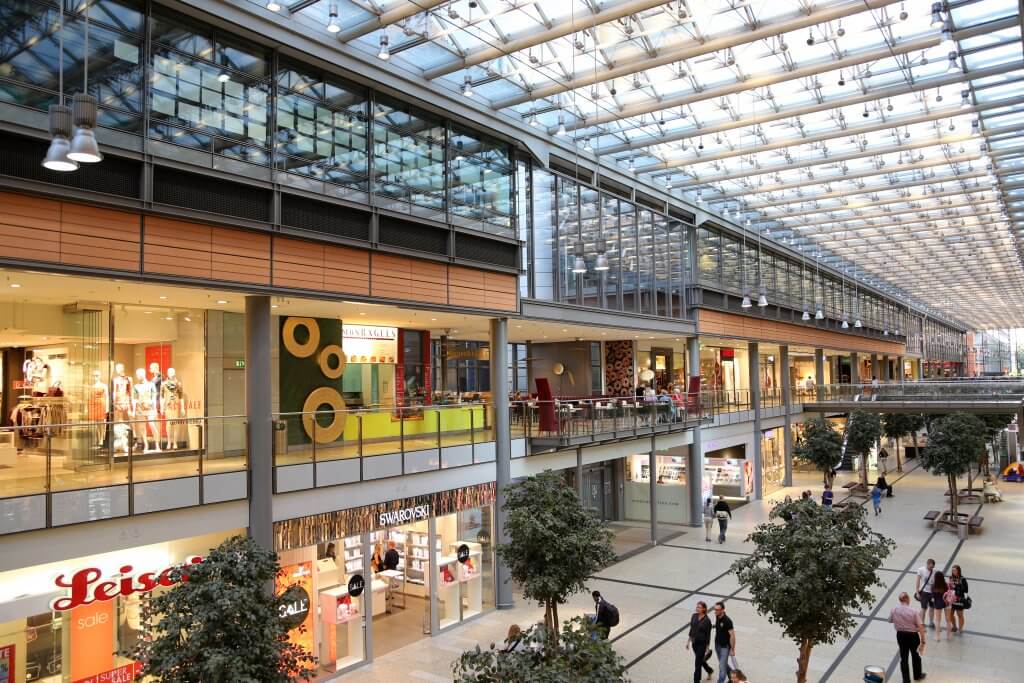As the homeowner’s advocate, we at IAQ Works think it’s important to explain concepts and terms that frequently arise in HVAC-related discussions. Filtration is one of the five core IAQ control strategies. The others are purification, ventilation, humidity control and source control. Before we discuss the air filtration terms you need to know, a quick breakdown of air filtration.
What Is Filtration?
Filtration is the removal of airborne particles from the air. This process requires a filter that is responsible for the separation of these contaminants. Filters are made of many materials including fiberglass, paper and cotton.
Air filtration is important for a number of reasons. It improves indoor air quality, which in turn improves the health of occupants. Poor filtration increases the risk of illness, worsens allergies and asthma symptoms and reduces sleep quality. Additionally, filtration increases the lifespan of your HVAC system, protecting it from dust and debris as well as works to improve indoor climate control (heating and cooling) and air balance.
 Ditch the dust and allergens! MERV 13 filters offer superior air quality by trapping microscopic particles like pollen, mold spores, and even some bacteria. Breathe easier and live healthier – Shop MERV 13 Air Filters →
Ditch the dust and allergens! MERV 13 filters offer superior air quality by trapping microscopic particles like pollen, mold spores, and even some bacteria. Breathe easier and live healthier – Shop MERV 13 Air Filters →Common Air Filter Terms Defined
1. HEPA Filter
The acronym HEPA stands for high-efficiency particulate air. A HEPA filter removes 99.97% of all airborne particles the size of 0.3 microns (µm). For example, a human hair strand is approximately 70µm.
2. MERV
The acronym MERV stands for minimum efficiency reporting value. The MERV scale determines a filter’s ability to trap airborne particles between 0.3 and 10µm. Generally, the MERV scale ranges from one to 16, the latter being the most efficient. The American Society of Heating, Refrigerating and Air-Conditioning Engineers (ASHRAE) created this rating system.
3. Indoor Air Pollutant
An indoor air pollutant refers to the contaminants inside a building that negatively impact indoor air quality. Indoor air pollutants include cleaning products, gases such as carbon monoxide, tobacco smoke and more.
4. Air Filter
A filter is essential because it removes airborne particles from the air that circulates throughout your home. There are several types of air filters (HEPA, activated carbon, electrostatic and more!). Each air filter has a MERV rating which indicates its efficiency. The higher the rating, the stronger the filter!
5. Electrostatic Filter
Electrostatic filters use static electricity to capture airborne particles. These filters positively charge airborne particles which are then collected on negatively charged plates. Remember, opposites attract!
6. Filter Media
Not to be confused with a media filter. Filter media refers to the material of a filter that captures airborne particles as air passes through the filter.


7. Airflow
Airflow is a measurement. It refers to the air that flows in and out of your air conditioning and heating system. Airflow is extremely important with regard to the efficiency and longevity of your HVAC system. For example, if the airflow is restricted due to a dirty filter, you’ll likely have cold or hot spots throughout your home. Not only is this uncomfortable, but it may lead to system failure.
8. CAFS
The acronym CAFS stands for Certified Air Filter Specialist. This certification comes from the National Air Filtration Association (NAFA). Professionals with this certification have shown their knowledge and understanding of air filtration technology.
9. Grille
Grilles are common in homes with central heating and cooling systems. A grille covers the return vent which returns air to the system for conditioning. Grilles do not control airflow because they do not have dampers.
10. Damper
Dampers control airflow, opening and closing to direct and regulate air passing through. Dampers regulate airflow and redirect the air to specific areas of the home. Registers have dampers to control airflow into or out of a room. Dampers are also found within the ductwork, as an adjustable valve or plate. This form of a damper is commonly found in HVAC zoning systems.
11. Activated Carbon
Activated carbon, or activated charcoal, is a porous version of carbon. Activating carbon requires a lack of oxygen, extremely high temperatures and exposure to chemicals such as argon and nitrogen. Activated carbon and charcoal filters have an increased surface area for better adsorption of gaseous pollutants.



Filtration Education
The HVAC industry requires its own glossary. It can be difficult to talk to technicians and other industry professionals when you don’t understand the language. Therefore, as a homeowner, we recommend keeping these filtration-related terms in your back pocket. You never know when you might need them!





